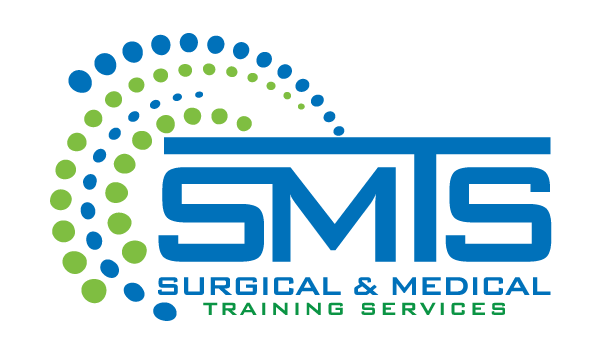Human cadavers, or bodies that have been donated for medical education and research, play a vital role in training medical professionals and first responders, including surgeons, nurses, emergency medical technicians, and military personnel.
Here are some reasons why cadaveric training is important:
-
- Realistic Anatomy: Human cadavers provide a realistic and accurate representation of human anatomy, allowing medical professionals to practice procedures on a real human body. This is especially important in surgical training where trainees need to become familiar with the location and function of internal organs, blood vessels, and other structures.
- Practice of Techniques: Cadavers are used to practice various surgical and medical techniques before they are performed on living patients. This allows for medical professionals to hone their skills and gain experience without putting patients at risk.
- Knowledge Expansion: Cadavers provide an opportunity for medical professionals to explore and learn about human anatomy in a way that cannot be replicated through textbooks or other forms of learning.
- Research Opportunities: Cadavers can also be used for research purposes, allowing medical professionals to study diseases and conditions and test new treatments and therapies.
- Military Training: In addition to civilian medical training, cadavers are also used to train military medical personnel, including combat medics and military surgeons. These medical professionals are often required to work in high-pressure situations and must be prepared to handle a wide range of injuries and medical conditions.
Overall, human cadavers are an essential tool for medical education and research, allowing medical professionals to gain valuable experience and knowledge that can ultimately improve patient outcomes and save lives.
